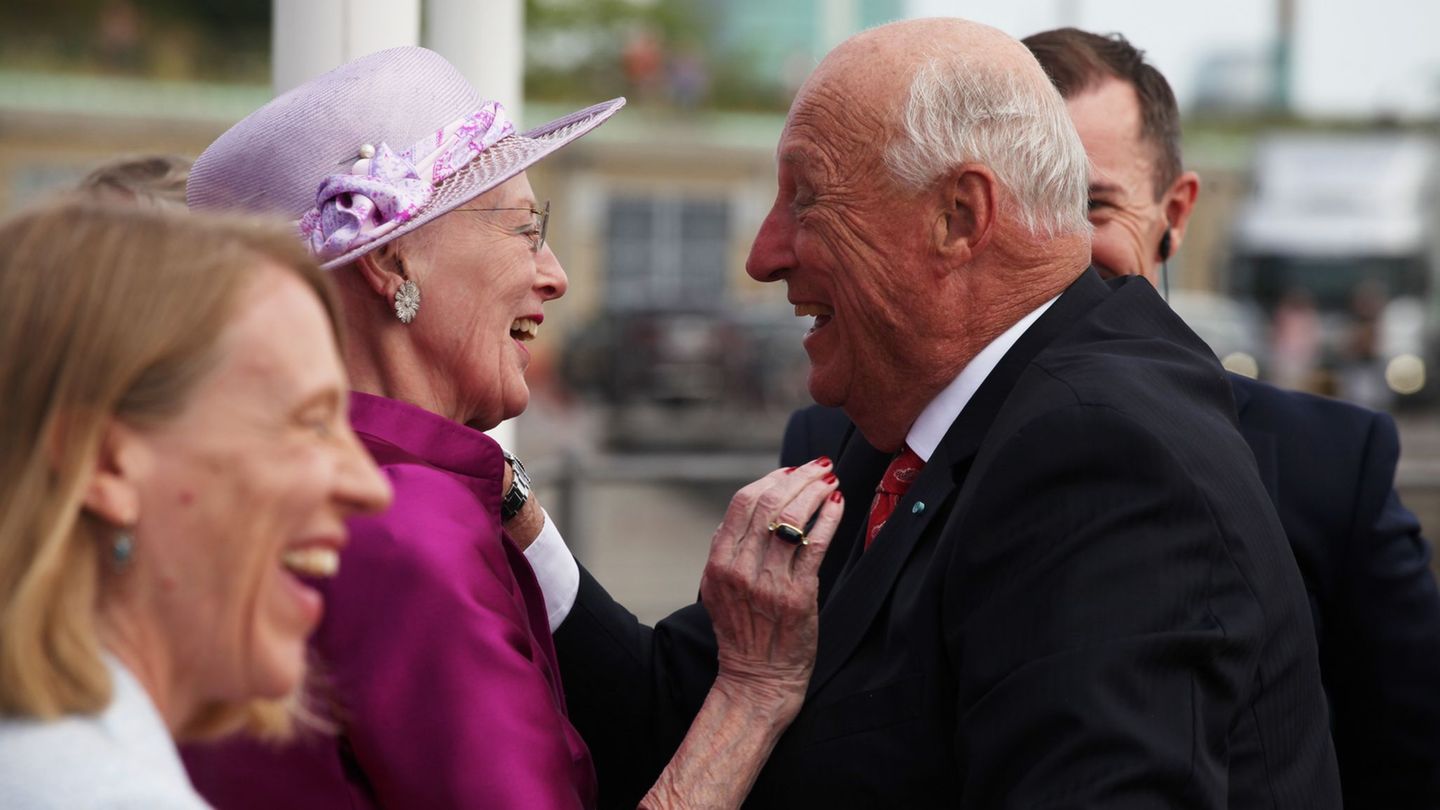I have been working in the news industry for over 6 years, first as a reporter and now as an editor. I have covered politics extensively, and my work has appeared in major newspapers and online news outlets around the world. In addition to my writing, I also contribute regularly to 24 Hours World.
Menu
US presidential election: What if neither Harris nor Trump wins the majority?
Categories
Most Read
Donald Trump: Bonn judge calls his politics “right-wing extremist”
October 24, 2025
No Comments
Bundeswehr: Can only conscription save the troops?
October 24, 2025
No Comments
Suspicion of extremism: IS sympathizer is said to have shot at cars – arrest warrant
October 24, 2025
No Comments
Will Donald Trump meet Kim Jong-un next week?
October 24, 2025
No Comments
War in Ukraine: Economics Minister Reiche arrived in Ukraine
October 24, 2025
No Comments
Latest Posts

Norway: King Harald jokes about his daughter’s Netflix documentary
October 24, 2025
No Comments
Lisa HarrisI am an author and journalist who has worked in the entertainment industry for over a decade. I currently work as a news editor

Personal details: Dieter Dehoorne succeeds the last woman on the Audi board
October 24, 2025
No Comments
AngelicaI am an author and journalist who has written for 24 Hours World. I specialize in covering the economy and write about topics such as

Federal Statistical Office: Sales losses in construction – orders are recovering
October 24, 2025
No Comments
AngelicaI am an author and journalist who has written for 24 Hours World. I specialize in covering the economy and write about topics such as
24 Hours Worlds is a comprehensive source of instant world current affairs, offering up-to-the-minute coverage of breaking news and events from around the globe. With a team of experienced journalists and experts on hand 24/7.

